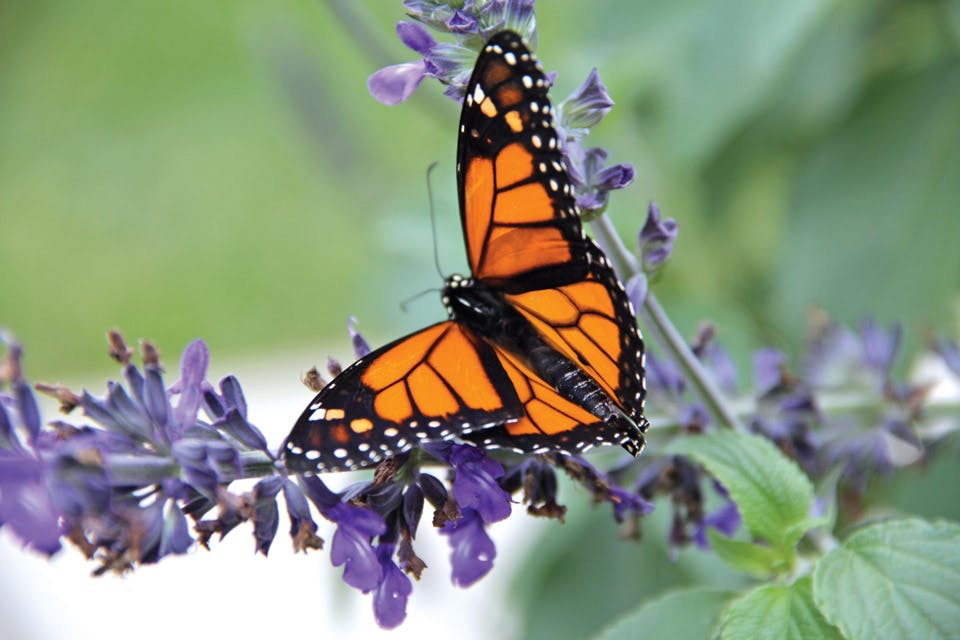Related Articles

6 Holiday Performances to Catch Across Ohio This December
From timeless ballets and classic comedies to a cappella concerts, stages across Ohio are lighting up with festive performances that bring music and magic to the season. READ MORE >>

See ‘Heartland: The Stories of Ohio Through 250 Objects’ in Lancaster
The Decorative Arts Center of Ohio hosts an artifact-focused exhibition that tells the story of our state through a collection of family keepsakes and iconic inventions. READ MORE >>

Take a Holiday Ride Through History at Spiegel Grove
Horse-drawn sleigh and trolley rides return to the wooded estate of President Rutherford B. Hayes the week after Christmas. READ MORE >>



